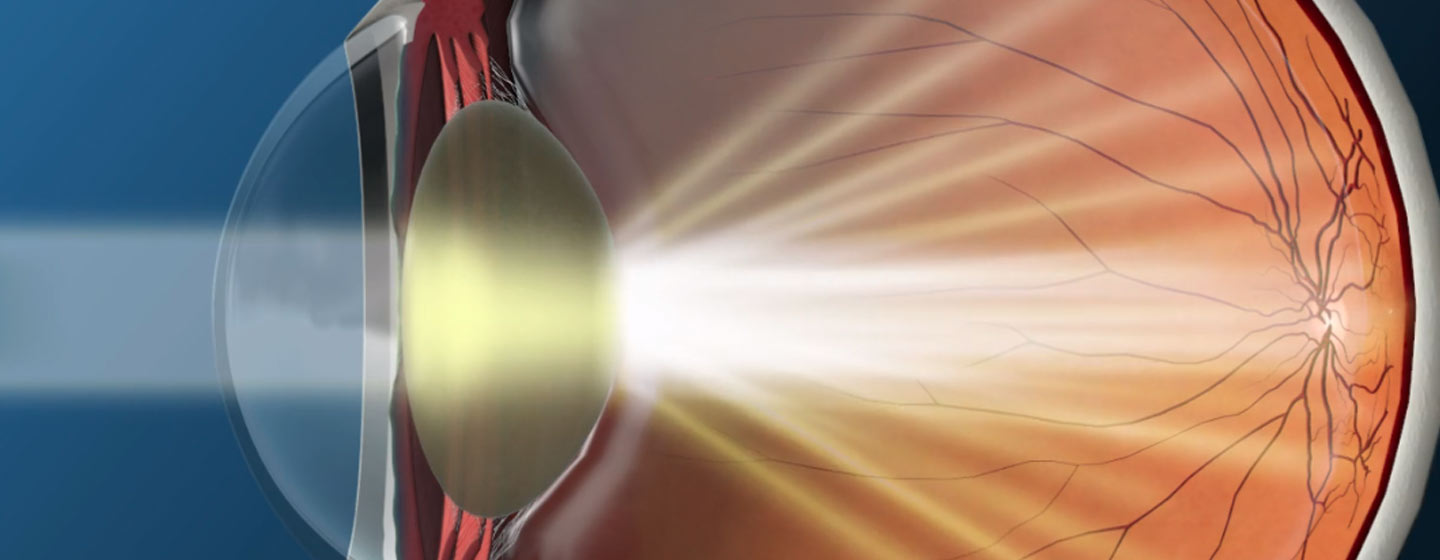Facts and videos to share in June, Cataract Awareness Month
Cataracts are the leading cause of blindness for people all over the world and the most common cause of vision loss in the U.S., according to the CDC. Clouding of the eye’s lens affects more than 24.4 million Americans age 40 and older, and by age 75, approximately half of all Americans have cataracts, according to the American Academy of Ophthalmology (AAO). Yet despite their prevalence, patients have many misconceptions about cataracts and fears about surgical treatment. Since June is Cataract Awareness Month, this is a great time to educate your patients.
Start with the basics
While most patients are familiar with the term “cataracts” and know friends and family who have received the diagnosis, many myths and misconceptions remain.
These include:
- Cataracts are just a part of aging and there’s nothing you can do about them.
- A cataract is a film that grows over the eye and can be treated with drops.
- A cataract can grow back after surgery.
Myths and misconceptions about cataracts and surgery persist. Share these videos to educate patients.
A good starting point for patients is to show them an illustrated animation that explains the eye’s anatomy in a way that is not frightening or unpleasant.
An effective way to show patients how their vision could be improved is to use Rendia’s Outcome Simulator. This advanced vision simulator can be customized to patients to show them what their current vision looks like, and what it could look like after various treatment options. It’s a valuable tool for explaining possible side effects of lenses, like halo and glare, as well as for building trust with patients.
Patients are often reluctant to undergo any surgical procedure, so remind them that 75 percent of patients who’ve had cataract surgery wish they’d had the procedure earlier. Help patients understand the risks of not having surgery—namely the increased risk of falls for this population.
Educate patients with related conditions
Another surgical advancement impacts the 3 million people over the age of 40 in the U.S. diagnosed with glaucoma—one of the top two leading causes of blindness in this patient population.
“Minimally invasive glaucoma surgery, or MIGS, is a significant innovation for the management of glaucoma,” wrote Rendia guest blogger Dr. Paul Karpecki. “In the U.S., MIGS typically requires performing the procedure at the time of cataract surgery.” Of the 3.7 million cataract surgeries performed per year, approximately 20 percent of those patients may be eligible for the MIGS procedure, which could allow them to avoid long-term glaucoma therapy.
Are you counseling your glaucoma and cataract patients about MIGS?
Yet more than half of patients with glaucoma who undergo cataract surgery miss out on the opportunity to have this simultaneous surgery due to lack of awareness, according to Dr. Karpecki. To find out more about MIGS, read his post The Innovation that is MIGS.
Remind your diabetic patients to schedule regular comprehensive eye exams. Studies show that about 90 percent of vision loss from diabetes can be prevented, but early detection is key—and 60 percent of diabetics are not getting the recommended exams.
Discuss risk factors and prevention
Of course, all patients can benefit from information about cataract risk factors and prevention. Here are some facts for you to share.
Risk Factors
- The risk of cataracts is higher for those who have family members with the disease. Encourage patients to find out their family eye health history and share it with their eye doctor.
- Smoking and excessive sunlight increase the risk of developing cataracts. Urge your patients to quit smoking and wear UV-blocking sunglasses outdoors.
- Excessive alcohol use can increase the risk of cataracts. Encourage your patients to drink alcohol in moderation.
Prevention
- Choose a healthy diet that includes plenty of fruits and vegetables. Fruits and vegetables have many antioxidants, which help maintain eye health. Studies haven’t proven that antioxidants in pill form can prevent cataracts. But a large population study recently showed that a healthy diet rich in vitamins and minerals was associated with a reduced risk of developing cataracts.
- Eye examinations can help detect cataracts and other eye problems at their earliest stages. Remind your patients to have regular eye exams.
Engage your existing patient base and attract new patients with timely content. Download our Blog Content Calendar for a guide on promoting topics that resonate with your audience. You can also check out our recent blog “How to Use Your Practice Blog as a Successful Marketing Tool” for more tips on engaging your patients.

